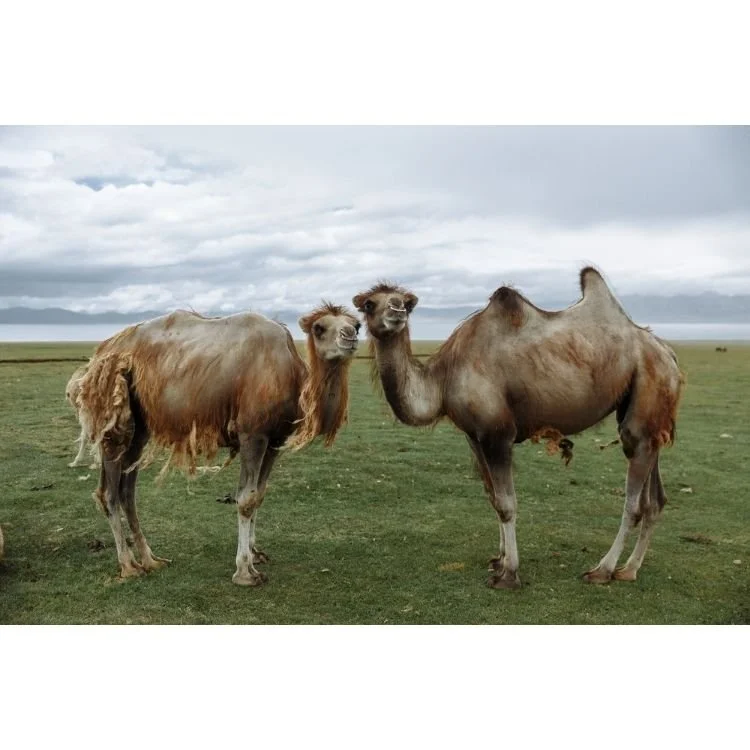Nomadic Art Camp 2019:
Bridging Tradition, Modernity and Global Challenges through Contemporary Art
2019 NOMADIC ART CAMP CATALOGUE PDF
The 2019 Nomadic Art Camp emerged as a landmark international event set in a region of profound ecological and cultural significance, where art, culture, and the environment converged to address some of the most pressing global challenges. Held near the stunning Son-Kul and Issyk-Kul lakes in Kyrgyzstan, the camp provided a unique opportunity for artists to critically engage with the complexities of today’s world, viewed through the lens of the region's nomadic heritage.
At the heart of the project was an exploration of the interconnectedness between art, environment, and cultural traditions. The adaptability, mobility, and sustainability inherent in the nomadic lifestyle provided a distinct model for contemporary artistic practices, offering a meaningful contrast to the urbanized, globalized art world. This perspective encouraged reflection on the impacts of modernization—both on the environment and cultural traditions—and examined how art can address these transformations. The camp drew inspiration from nomadic culture not merely as a nostalgic reference but as a dynamic framework for confronting urgent global issues, such as environmental degradation, the erosion of cultural heritage, and the challenges posed by rapid modernization. The vast landscapes and ecological richness of the natural environment played a pivotal role in shaping the artists' creative processes. The interaction between the artists and their surroundings extended beyond mere aesthetic exploration; it became a call to action. Motivated by the urgency of environmental crises, the artists reflected on how their work could raise awareness and propose innovative solutions for sustainable change.
A central theme throughout the Nomadic Art Camp was the role of art in preserving cultural heritage while critically engaging with contemporary issues. Kyrgyz nomadic traditions—emphasizing mobility, self-sufficiency, and sustainability—provided profound inspiration. However, this inspiration was not steeped in nostalgia but rather reimagined with contemporary meaning. Artists reinterpreted these traditions, creating a dialogue between past and future. The camp facilitated an exchange of ideas and innovative artistic practices, bringing together participants from countries as diverse as Australia, Germany, India, Russia, the USA, the UK, and Kyrgyzstan. This multicultural environment allowed for the cross-pollination of ideas, underscoring the importance of addressing both local traditions and universal global challenges. Throughout the camp, the artists examined how environmental, cultural, and historical contexts shape creative expression. The resulting works were not only visually compelling but also embedded with deep cultural critique, questioning the consequences of modernization on both the environment and traditional ways of life. The camp encouraged participants to explore how contemporary art could craft new narratives that preserved cultural heritage while engaging with modern complexities. In doing so, the event provided a platform for art to challenge societal norms and propose alternative possibilities.
One of the most significant outcomes of the Nomadic Art Camp was its emphasis on fostering mutual understanding and collaboration across diverse artistic traditions. In a world increasingly defined by division and conflict, the camp created a space where art transcended national, cultural, and ideological boundaries. The dialogue between artists from various regions demonstrated art’s potential to act as a bridge, connecting disparate worldviews and forging a collective vision for the future. By addressing global issues—particularly those related to environmental sustainability, cultural preservation, and the challenges of modernity—the camp contributed to a broader discourse on how art can respond to contemporary crises, nurturing both artistic development and global cooperation. Drawing inspiration from the nomadic way of life—marked by flexibility, resourcefulness, and a profound connection to the land—the camp provided a conceptual framework for artists to engage critically and creatively with the world's most pressing issues.
In conclusion, the Nomadic Art Camp 2019 was more than just an artistic gathering—it was a significant platform for exploring the intersection of art, culture, history, and environmental responsibility. The event offered a unique space for global artists to reflect on the cultural and environmental issues that define our time, highlighting the transformative potential of art—not only as a reflection of societal issues but also as a catalyst for change. By exploring the nomadic lifestyle as a model for artistic and cultural reflection, the camp demonstrated how art can bridge the gap between tradition and modernity, the local and the global. Ultimately, the event affirmed art's ability to serve both as a reflective and transformative force, capable of addressing the critical challenges of the contemporary world.


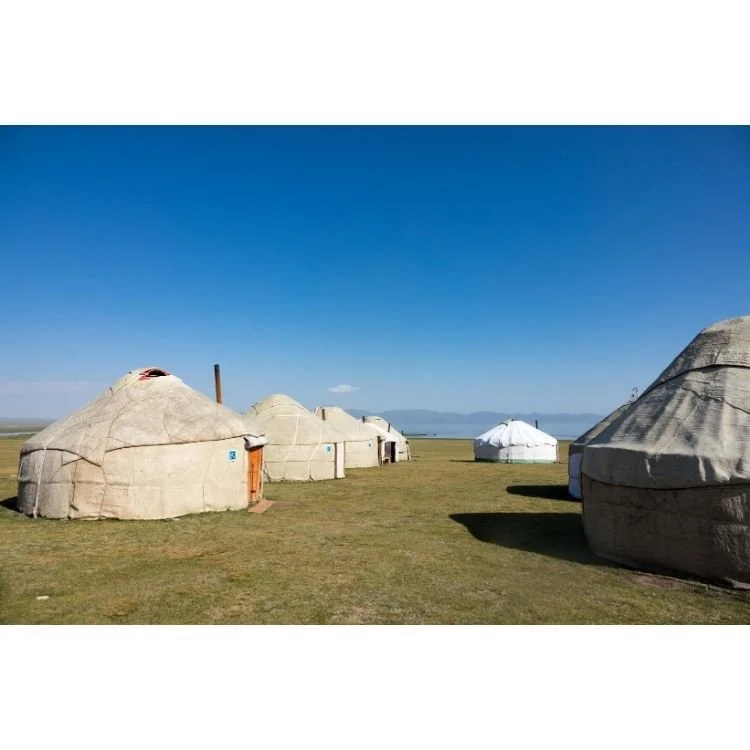




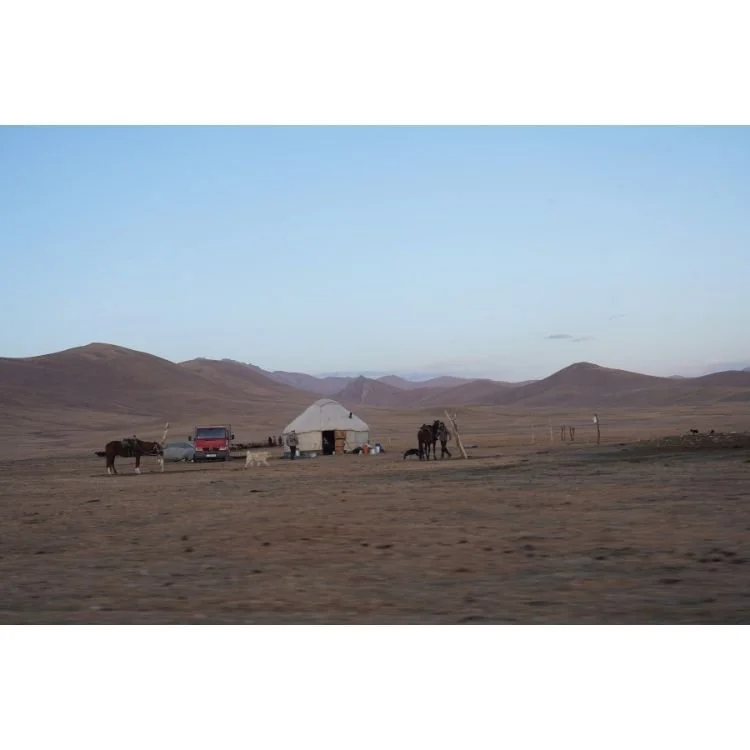
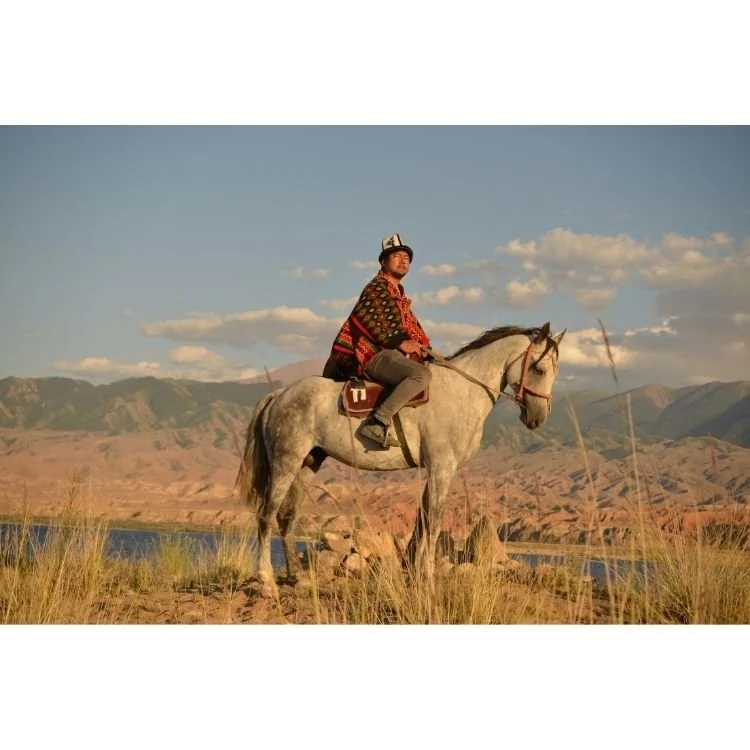


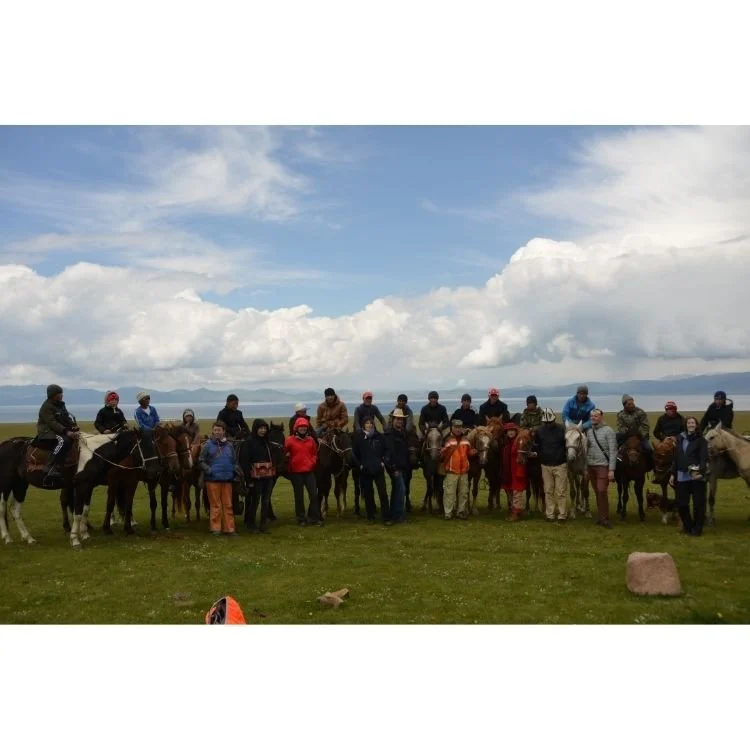
Curator: Shaarbek Amankul
Participants of the Nomadic Art Camp at Son-Kul and Issyk-Kul Lake:
C.Tea Zondingliana (IN), Johanna Borner (DE), Margot Grossing (AU), Gregory Antipov (RU), Dean Browne (UK), Ruth Munzner (DE), Richard Hewitt (US), Nasira Turganbaj (DE), Sharon Yu (US), Shona Jones (UK), Zhanybek Sultanbekov (KG).
The exhibition, initially scheduled for 2020 at the Kyrgyz National Museum of Fine Arts in Bishkek, was postponed due to the COVID-19 pandemic.
